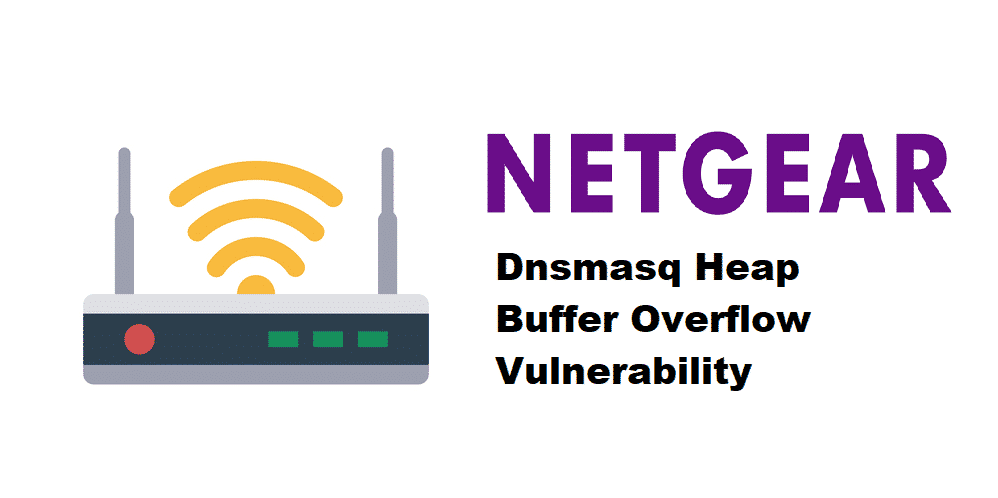

To make things worse, C provides many library functions, such as strcat and getline, which copy strings without any bounds-checking.Īs an expert ethical hacker and penetration tester, you must have a solid understanding of when and how buffer overflow occurs. Such attacks are equivalent to a hacker logging into the system with the same user ID and privileges as the compromised program.īuffer overflow bugs are especially common in C programs, since that language does not provides built-in array bound checking, and uses a final null byte to mark the end of a string, instead of keeping its length in a separate field. If the bug lies in an ordinary system tool or application, with no direct access, the hacker attaches the poisonous string to a document or an email which, once opened, will launch a passive buffer overflow attack. If the buffer overflow bugs lie in a network service daemon, the attack can be carried out by directly feeding the poisonous input string to the daemon. A hacker can exploit such a weakness by submitting an extra-long input to the program, designed to overflow its allocated input buffer (temporary storage area) and modify the values of nearby variables, cause the program to jump to unintended places, or even replace the program's instructions by arbitrary code. The most common vulnerability often exploited is the buffer overflow attack, where a program failure occurs either in allocating sufficient memory for an input string or in testing the length of string if it lies within its valid range.
#Buffer overflow software
Hackers continuously look for vulnerabilities in software or a computer to break into the system by exploiting these vulnerabilities.


 0 kommentar(er)
0 kommentar(er)
